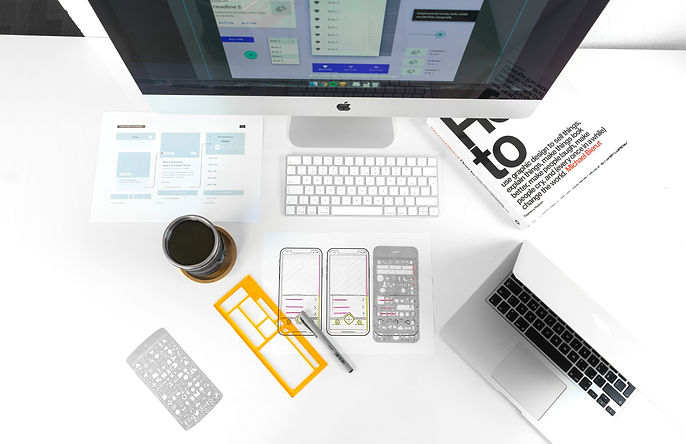Lenore Wadman
Content Designer | UX Writer | Copywriter
My Work

Writing
Is Your Donation Process Driving Donors Away? UX advice for optimizing your online donations. Read article >

Case Studies
Lowe's Sign-In Prompt
Design Solution
We designed a masthead prompt to gently nudge the user to authenticate right after entering the site.


Approach
Content Audit First, I conducted a content audit of all sign-in content and entry points across Lowes.com. For example, a sign-in experience could start from the masthead, a product list or checkout page, or from a post-purchase email. This helped me see where text, images, and CTAs were inaccurate or inconsistent. The audit also provided the product team with the range and scope of the problem we were facing.
Competitive Analysis Next, I gathered examples of authentication prompts among 8 of the biggest online retailers. other major brands use nudges and benefit copy to nudge users into registration and authentication. During this process, I noticed some used a masthead popover on site entry.
User Testing Now that we had the method, it was time to focus on the content. I wanted to make sure to use the right messaging for this component. During a language preference test, I asked participants about their motivations for signing in. We had them choose their favorite of 3 headline variants and rank their “most” to “least favorite” account benefits in a card-sorting exercise.
Validation and Launch The user test gave us the language we needed to complete the popup. An A/B validated our approach demonstrating a significantly increased percentage of authenticated customers on both mobile and app. The timed popup was a success. It quickly grabbed the customer’s attention and made visible the account benefits that effectively encouraged them to sign in.

Challenge
Sessions is positioning itself to compete with high-profile meeting platforms, like Zoom and Google Meet. There were several content hurdles my team was asked to address.
-
The platform was built by non-native English speakers and needed a comprehensive review.
-
The onboarding flow was overly complex, making it difficult for new users to quickly understand the basics and get started with their online meetings.
Method and Deliverables
During discovery, my team of 4 UX writers decided to focus on three main research activities:
-
Content audit, to inventory content in the onboarding flow and identify opportunities for improvement.
-
Conversation mining, to gather authentic and unmoderated feedback from Sessions' users.
-
Voice and tone review to understand Session's brand identity and make recommendations for how that might be personified in the copy.

We used Miro as a central resource for project deliverables.
Content Audit We analyzed the first steps of the onboarding flow to see how the copy introduced users to new features. We were able to identify some friction points and other opportunities for building new user confidence and trust in the platform.


Conversation Mining Next, the team collected natural language utterances from social feedback forums to understand how users described the Session features in their own words. This method helped form the foundation for many of our content recommendations.

Capturing natural user language for describing actions and benefits of the Sessions platform.
Voice and Tone Review In reviewing the Sessions brand and tone of voice (TOV) guidelines, we realized that there were many opportunities to better define how the company wanted to communicate with users. This is where the language we gathered from users helped. Sessions values stated they wanted to be helpful to customers, but their site used corporate jargon.
In the end, we gave Sessions a TOV map, re-drafted their guidelines, and made sure to incorporate some of the language customers were also using to describe the features and benefits of the platform.
